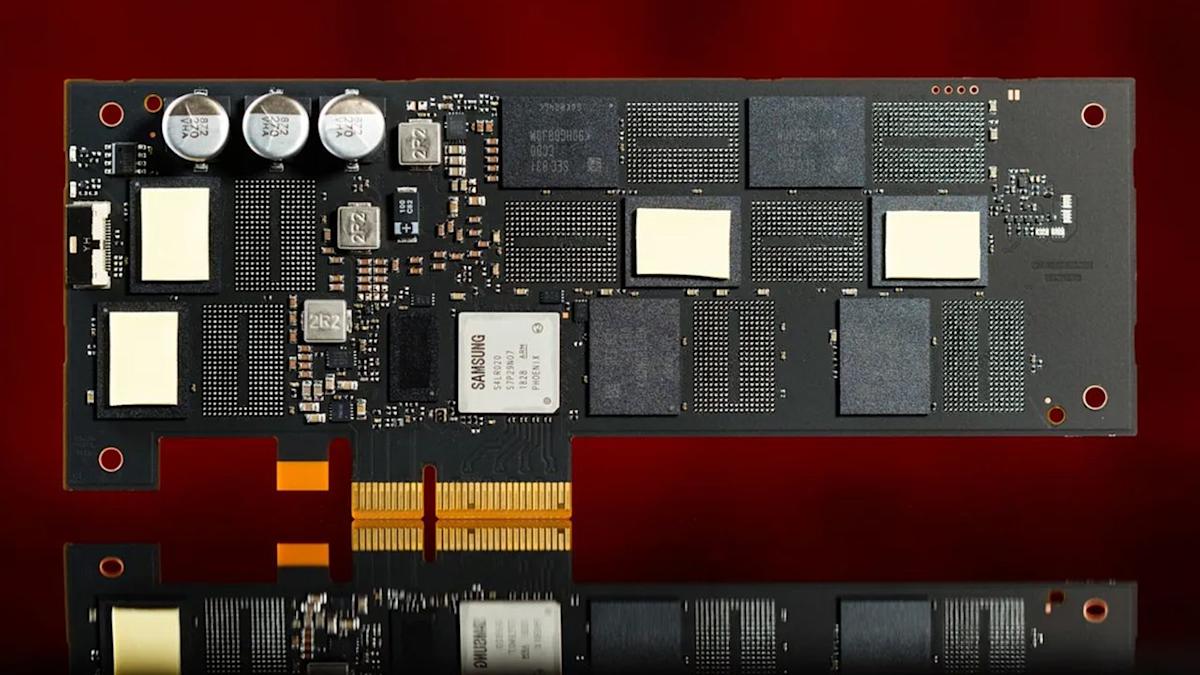Samsung Reintroduces Z-NAND with Ambitious Performance Goals for AI Workloads

Samsung is reviving its Z-NAND memory technology, aiming for substantial performance improvements and a focus on emerging artificial intelligence applications. According to recent reports from DigiTimes, the company anticipates a potential 15-fold increase in speed compared to traditional NAND flash memory with its forthcoming iteration of Z-NAND. A key element of this advancement involves a novel approach allowing GPUs direct access to storage devices utilizing Z-NAND technology, mirroring functionality similar to Microsoft’s DirectStorage API.
A Samsung executive has indicated that the upgraded Z-NAND will concurrently reduce power consumption by as much as 80% relative to conventional NAND flash memory. The revived technology is being specifically tailored for AI GPUs, with a primary emphasis on minimizing latency – a crucial factor in high-performance computing. This objective is supported through the integration of GPU-Initiated Direct Storage Access (GIDS), a new technology that enables GPUs to bypass the central processing unit (CPU) and dynamic random access memory (DRAM) when accessing Z-NAND storage, substantially curtailing system latency.
Initially introduced in the mid-to-late 2010s as an alternative to Intel’s Optane memory, Z-NAND represented Samsung’s entry into a new category of solid-state storage solutions designed to bridge the gap between traditional SSD performance and the speed of DRAM. While Optane utilized a distinct underlying architecture, early versions of Samsung’s Z-NAND served as an enhanced adaptation of NAND-based Single-Level Cell (SLC) SSD technology, building upon its V-NAND design with 48 layers and SLC operation mode. A significant refinement in the original Z-NAND involved decreasing page sizes to a comparatively small range of 2-4 KB – considerably smaller than the standard 8 to 16 KB utilized in conventional solid-state drives, contributing to faster data access and reduced latency.









